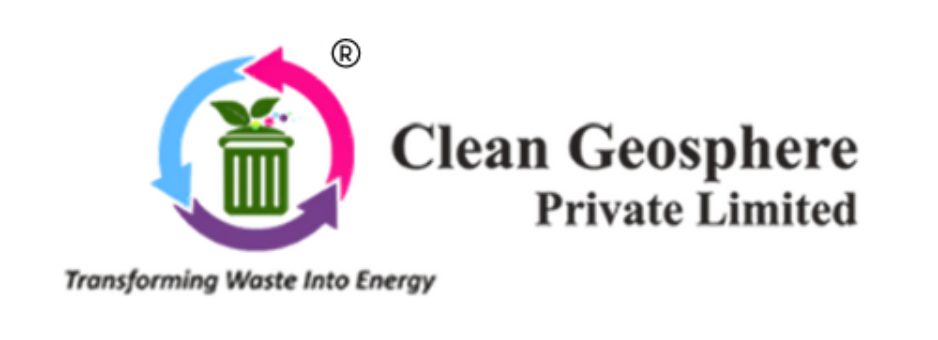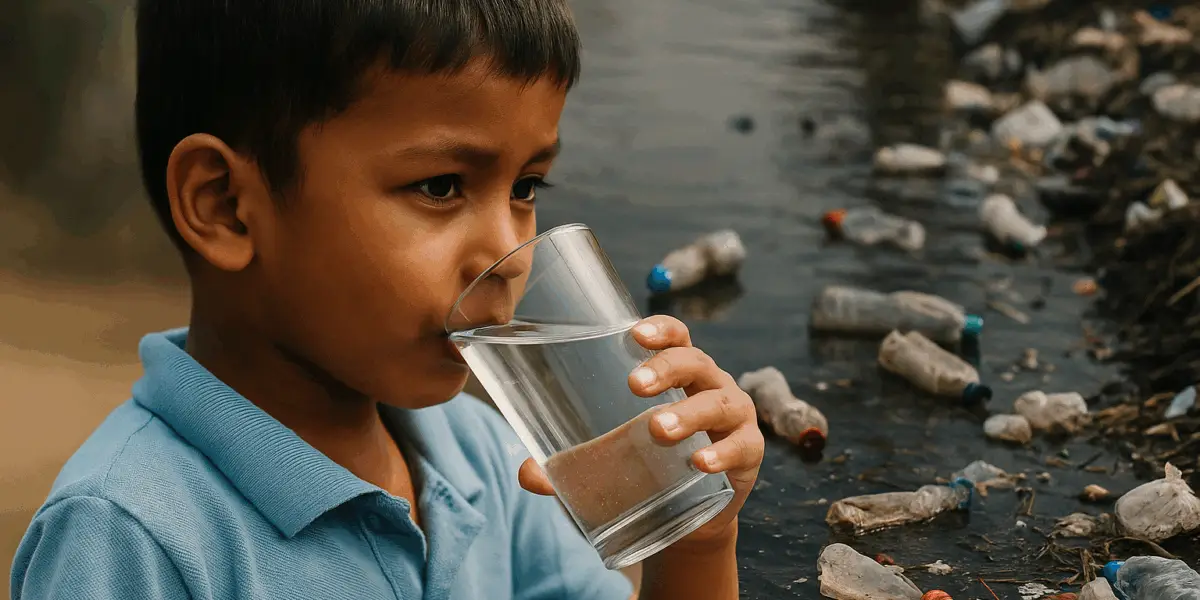🥛 Let’s Talk About That Glass of Water
Take a moment to think about the last time you had a drink of water.
Maybe it was cold and refreshing. Straight from your purifier. Or from that steel bottle you carry around.
Tasted clean, right?
Now here’s the uncomfortable bit — that same water might’ve had plastic in it.
Not the kind you can see. Not floating on the surface.
But tiny bits of it, too small to notice… still slipping in with every sip.

💧 What You Don’t See Can Still Be There
We grow up believing that clear water means safe water.
If it doesn’t smell or look strange, it must be fine.
But a global study by Orb Media found microplastics in 90% of bottled water samples, including those sold right here in India.
And these aren’t huge chunks of garbage — we’re talking about particles smaller than a grain of sand.
They come from plastic wrappers, packaging, worn-out water pipes, synthetic clothes, even dust in the air.
They end up in:
- Your morning chai
- The glass of water your child drinks
- The bottles you grab at the store
You can’t see them. You can’t taste them.
But they’re there.
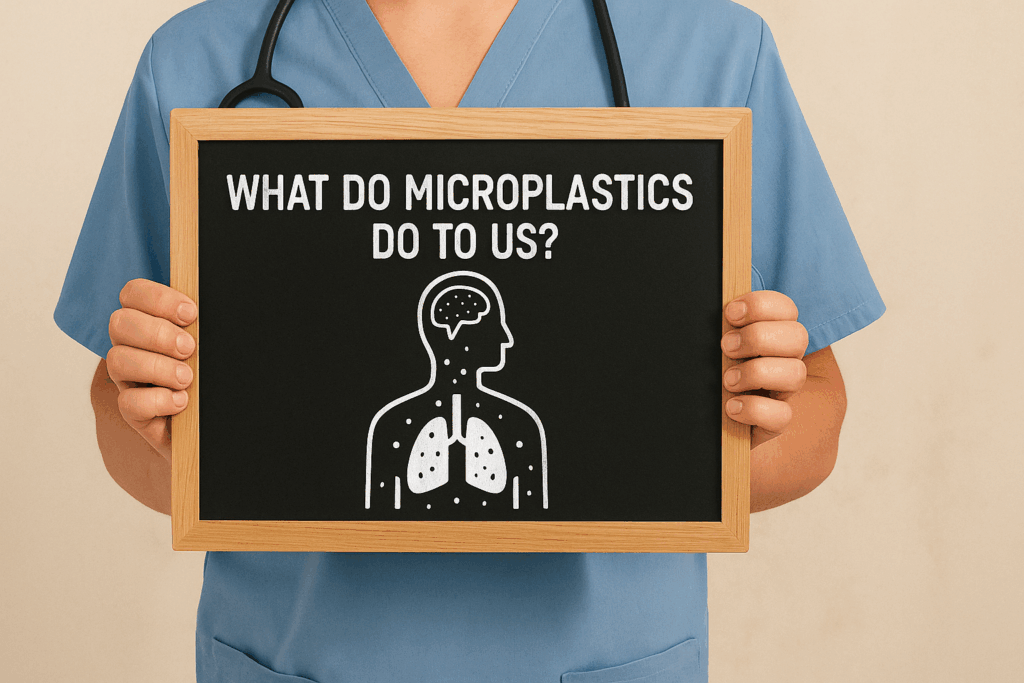
🧠 What Do Microplastics Do to Us?
Researchers are still figuring it out, but the early signs are concerning.
These particles often carry harmful chemicals that can mess with your hormones, affect your immune system, and build up inside your body.
They’ve been found in:
- Human blood
- Lungs
- Even in the placentas of unborn babies
You won’t feel the impact overnight.
But what happens after years of quiet, daily exposure?
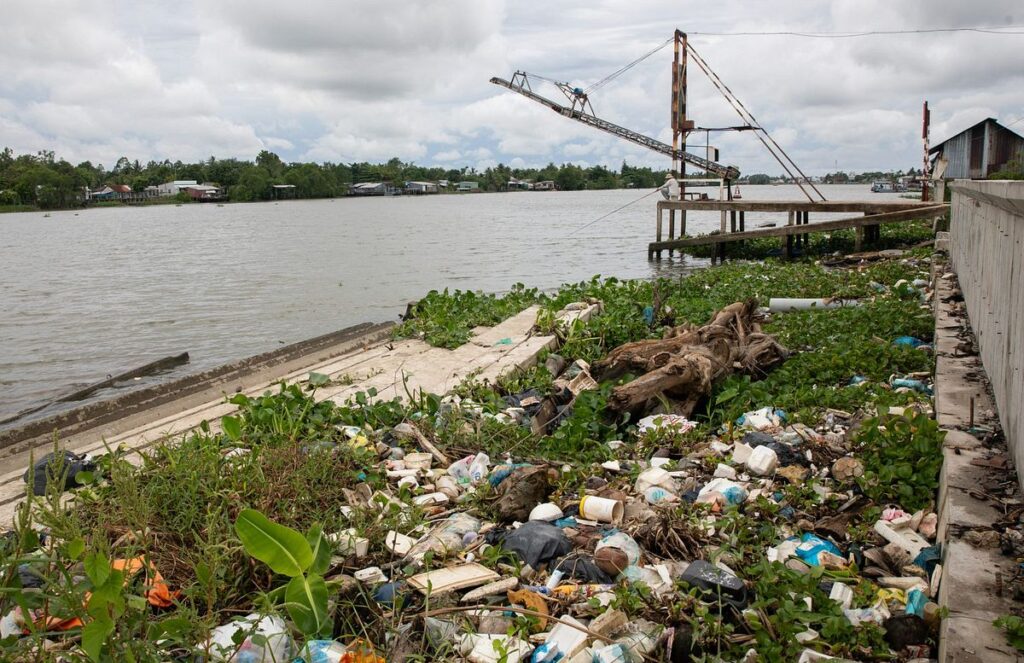
This Isn’t Just a Global Problem. It’s Ours.
In India, we rely on RO filters, bottled water, and water cans to stay safe.
We try to do the right thing. But plastic is everywhere.
It flakes off from food containers.
It leaches from plastic pipes.
It sheds from clothes every time you do laundry.
Our rivers, once holy and clean, are now so polluted that in some parts, there’s more plastic than fish.
And as that plastic breaks down into smaller and smaller bits, it becomes impossible to detect — until it ends up inside us.
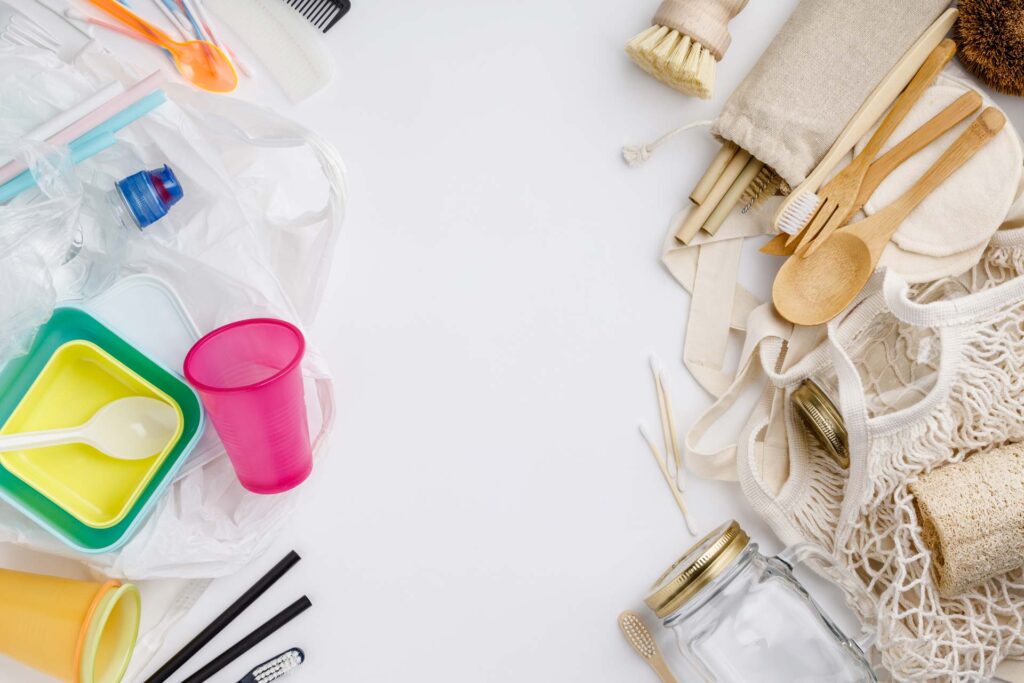
🌿 So What Can We Actually Do About It?
This isn’t about panic. It’s about knowing more so we can do better.
Small, practical changes can go a long way:
✅ 1. Use Less Plastic for Drinking
Stick to glass or stainless steel bottles. Especially avoid reusing plastic bottles that have been exposed to heat or sunlight.
✅ 2. Catch Microfibers from Laundry
Washing synthetic clothes like polyester or fleece releases microplastic fibers.
Use a laundry filter or a wash bag to stop those from reaching the water system.
✅ 3. Choose Products That Ditch the Plastic
Buy from brands using paper, cloth, or compostable packaging.
Your purchases send a message.
✅ 4. Speak Up for Cleaner Water
Talk to your society or local leaders.
Ask if water sources are being tested for microplastics.
Support policies that clean up rivers and reduce single-use plastic.
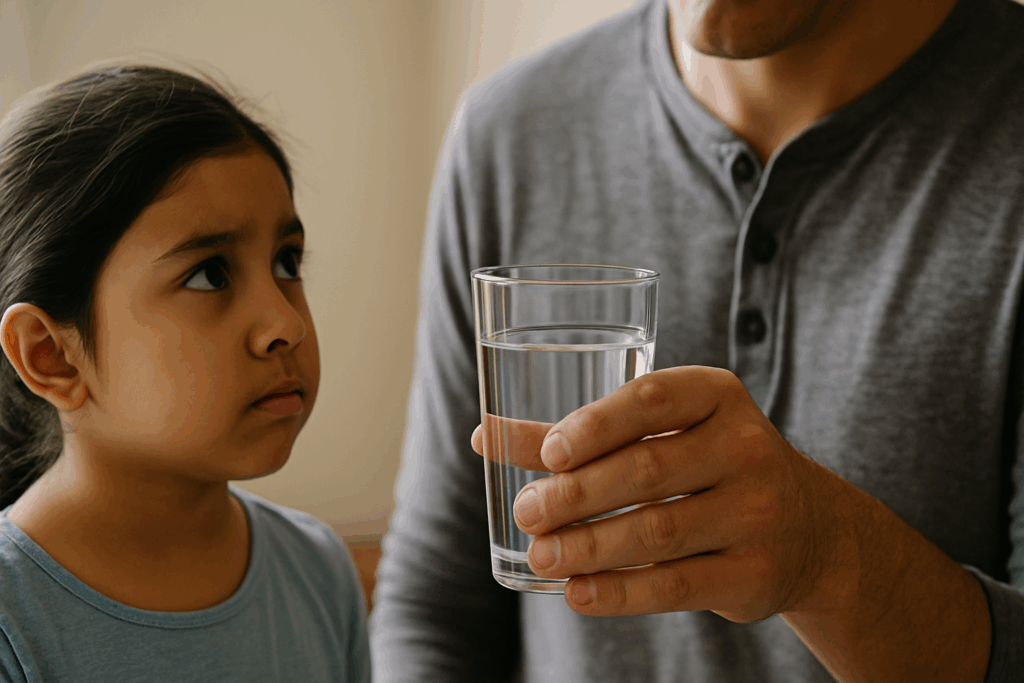
💔 One Final Thought: You Deserve Better
Clean water shouldn’t be something only a few can afford.
It should be basic. Non-negotiable. Universal.
You deserve to know what’s in your water.
You deserve to feel confident that it’s safe.
Microplastics may be invisible. But now that you know they’re there… you can’t un-know it.
And you don’t have to stay silent about it.
So let’s:
- Drink mindfully
- Share what matters
- Make choices that move us toward a cleaner, safer future
Because your water matters.
And so does your future.
